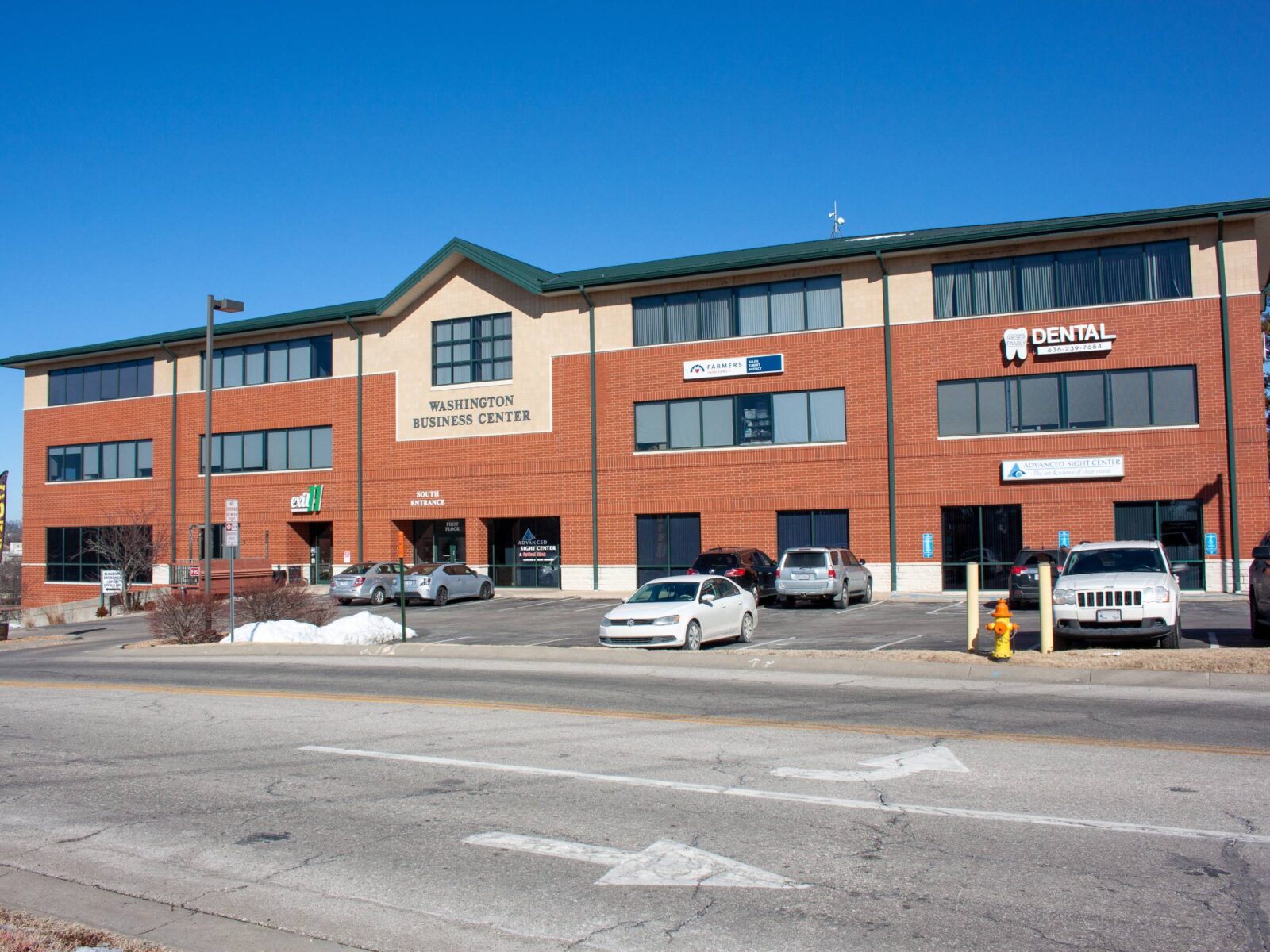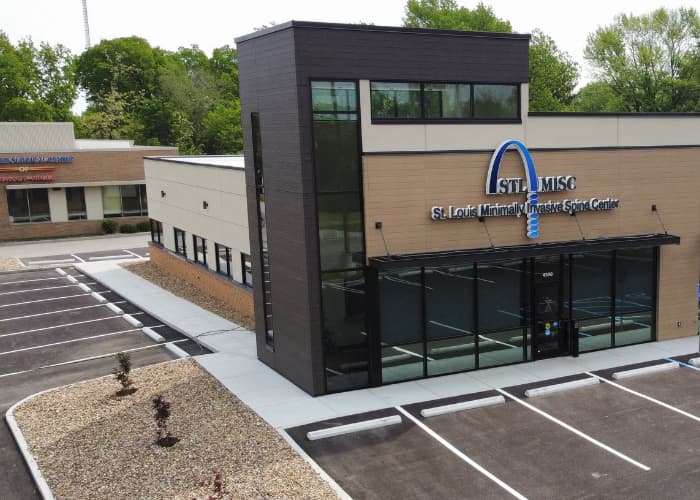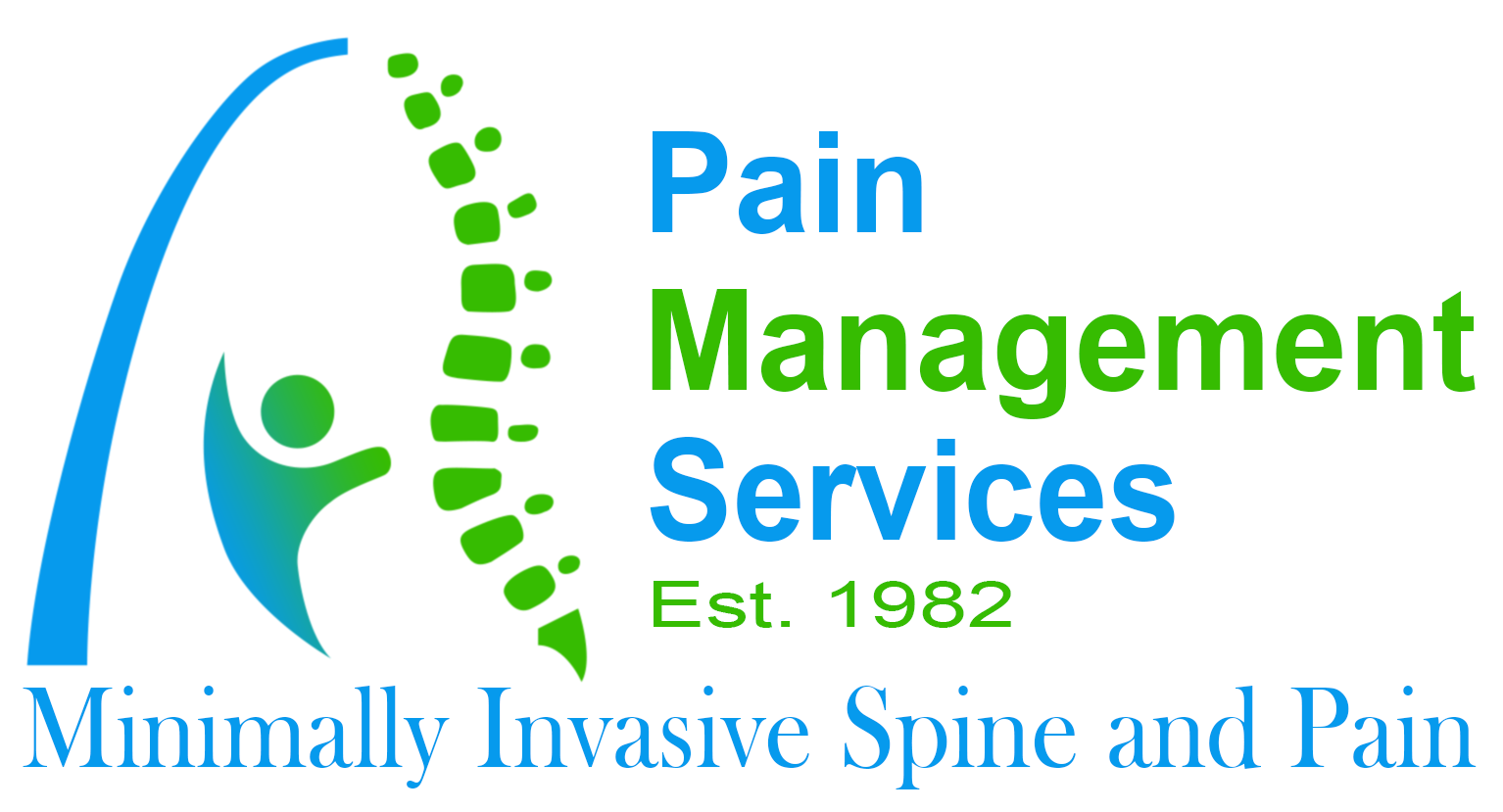Analgesic Discograms at Pain Management Services
A discogram is a procedure performed to determine the origin of a patient’s pain. Tears and disruptions within the disc are made visible to the fluoroscopy by the application of a contrast dye. This method is generally used to determine if disc pain is the predominant source of a patient’s back pain. Conventional discograms accomplish this by provoking pain by creating pressure in the target joint. An analgesic discogram differs by using a local anesthetic to deaden the pain. This avoids overpressurizing the disc and causing the patient discomfort while still obtaining valuable information about their condition. This is why Pain Management Services uses analgesic discograms preferentially when diagnosing discogenic pain.
What’s Involved In an Analgesic Discogram?
An analgesic discogram is scheduled when a damaged or compromised disc is suspected to be a potential source of your pain. The procedure will begin with you being placed face down on an operating table. Pillows will be placed in a manner that supports your lower back. This area is then cleaned, sterilized, and draped prior to the application of a local topical anesthetic. An additional injection of local anesthetic will be applied to the treatment area to further ease discomfort.
- Once the anesthetic has taken hold, a spinal needle will be inserted into the disc under the guidance of a fluoroscopy machine. This specialized x-ray machine makes it possible to visualize the placement of the needle and ensure it reaches the target area successfully.
- Once in place, the catheter will be used to administer the local anesthetic to the target disc.
- The needle is subsequently removed, and you will be asked to pay attention to your pain for the next couple of hours.
- During this time, you may be asked to perform activities that would aggravate your pain. These actions can include bending or sitting.
- You’ll be asked to keep a pain diary to describe how your back pain reacted to the anesthetic over the course of the rest of the day.
This procedure is generally fairly comfortable for the patient. There is rarely a cause for any significant amount of sedation. This is part of what makes it preferable to a conventional discography. An IV sedative may be provided for those who are anxious. If you are given this option, a driver will be needed after the procedure to bring you home.
Prior to the procedure, it’s important that you avoid using blood thinners or anti-coagulation for the recommended amount of time. The patient’s physician managing these medications must give approval to stop these medications. A specific plan will have to be worked out if you are on any of these medications to avoid complications from sudden cessation of these medications. If you are receiving an IV sedation, then you will have to avoid eating for eight hours prior to the appointment.
Learn More By Contacting Pain Management Services
If you desire to learn more about the pain treatment services we provide, you can schedule a consultation with Dr. Cajigal or Dr. Smith at our Des Peres, MO location.






